Distillery stories: Ardmore
let’s begin
Lying in the highlands above Aberdeen is Ardmore Distillery, which was founded by Adam Teacher in 1898.
In Gaelic, it means “big headland”, although I have no idea what that refers to, Ardmore being inland and not exactly a coastal distillery.
Adam Teacher (son of William Teacher who started Teacher’s blend – more on that later) had long been well versed with the runnings of the whisky industry, the Teacher family having played a massive part in it since the 1830s.
At the turn of the century he decided to turn his hand to producing a drop of the good stuff himself, all the better for those of us that love a dram or two of Teacher’s Highland Cream once in a while, or more frequently if you’re that way inclined!
Teacher’s whisky was in ever increasing demand and the company even had an international marketing strategy. Impressive considering how long it took to transport anything anywhere in the Victorian era, never-mind over the sea!
Ardmore Distillery was born and was one of the most modern of its time. It ran on a single steam engine and had its own cooperage, a feature it maintains today. As well as that, it was easily accessed by the railway line that ran alongside it.
Ardmore is one of the few distilleries that managed to survive the infamous Pattison crash. If anything it is thriving today, being one of the biggest distilleries in Scotland with a production rate of 4,200,000 litres per year. It is currently owned by drinks giant Beam Suntory.
Today, Ardmore is very much unchanged, although of course the steam engine is long gone and the train line is no longer in use (which is a shame considering you can’t drink and drive but you can certainly drink and get a train).
It was expanded twice after the Second World War, increasing its stills from two to an impressive eight. But it was only in 2002 that the distillery stopped using coal-burning furnaces to heat the stills.
The eight stills all have an extra thick bottom to prevent the contents burning in the direct heat of the coal lit fires. These days it runs on indirect steam, like most modern distilleries.
Unlike many modern distilleries however, Ardmore maintains its cooperage for the creation and repair of casks. This is not a unique feature to Ardmore, but is a nice way to preserve the traditions of the past.
Now, back to Teacher’s Blend. This is where 95% of the malt produced at Ardmore goes and it is Ardmore that many attribute the characteristic maltedness of Teacher’s to.
Contrary to many Speyside malts, which tend toward floral flavours, Ardmore single malt has a smoky, peated quality, although this is nothing to rival certain Islay malts (Talisker, we’re all looking at you here).
The distillery also produces its own single malt. This single malt was called “Traditional Cask”, a reference to the fact it is matured in smaller quarter casks, allowing the liquid more contact with the wood.
This product has been overtaken by Ardmore Legacy, which was only released in 2014 and continues the peated traditions of its predecessor.
There is an unpeated version of Ardmore, called Ardlair. This is only produced part of the year, however, and is exclusively used in blends.
A bottle of Ardmore is definitely worth investing in, for both the uncharacteristic Speyside peatedness and also for the fact it is just a really great dram! And who doesn’t love a tipple of Teacher’s every now and again?



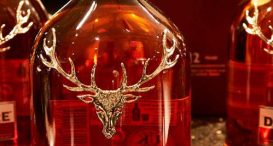

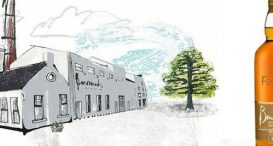
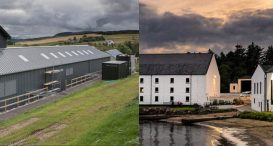

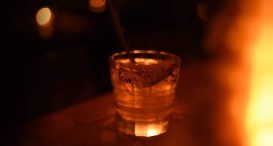

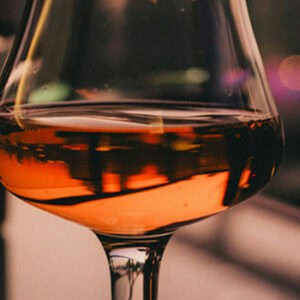




3 thoughts on “Distillery stories: Ardmore”